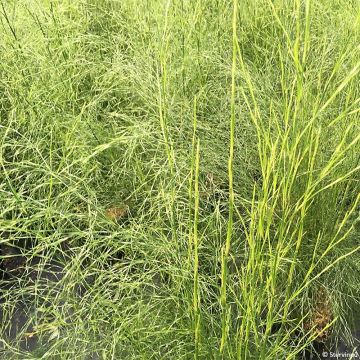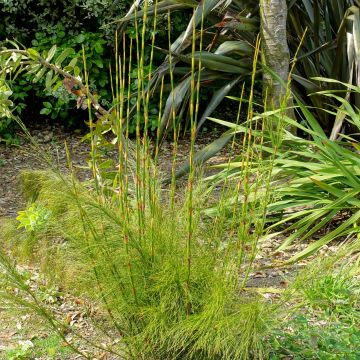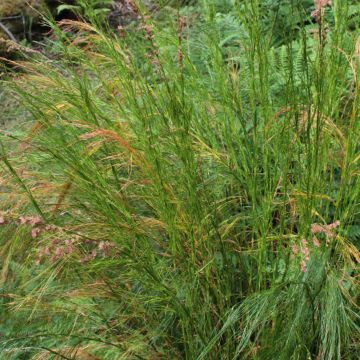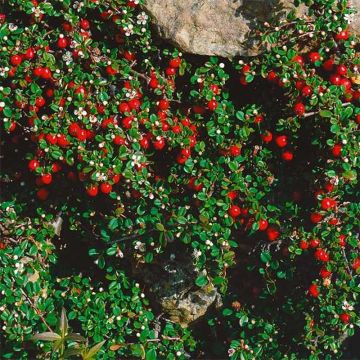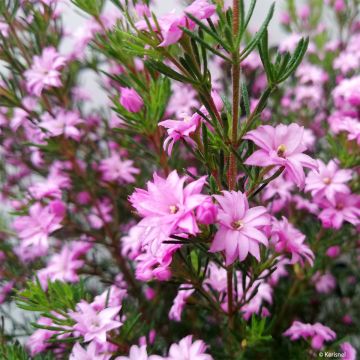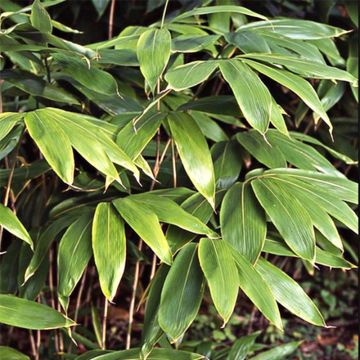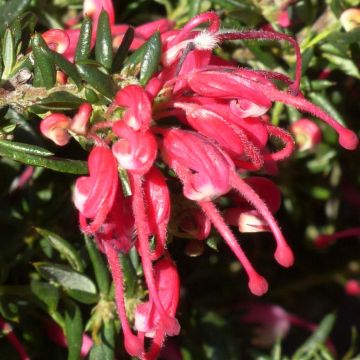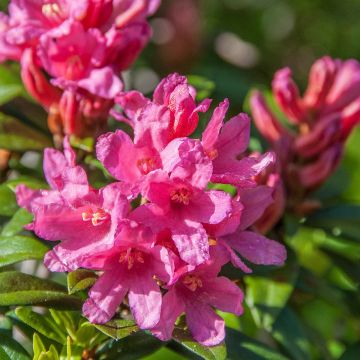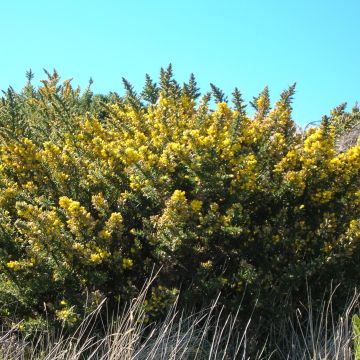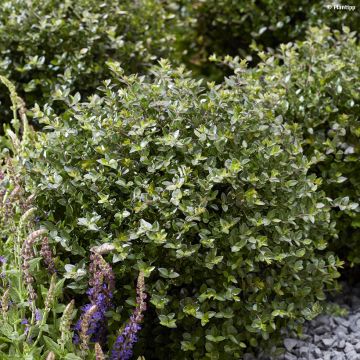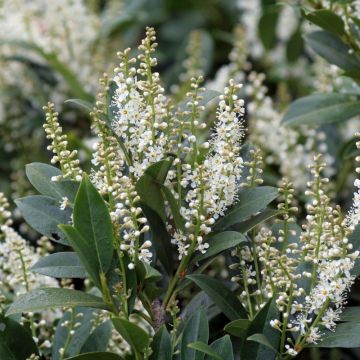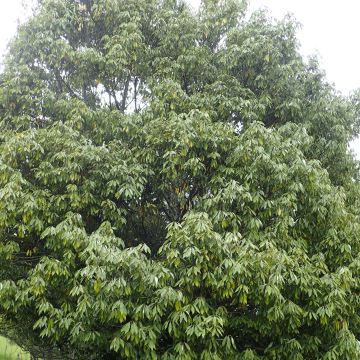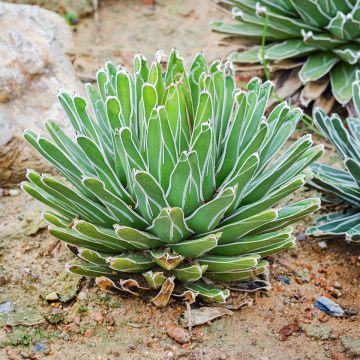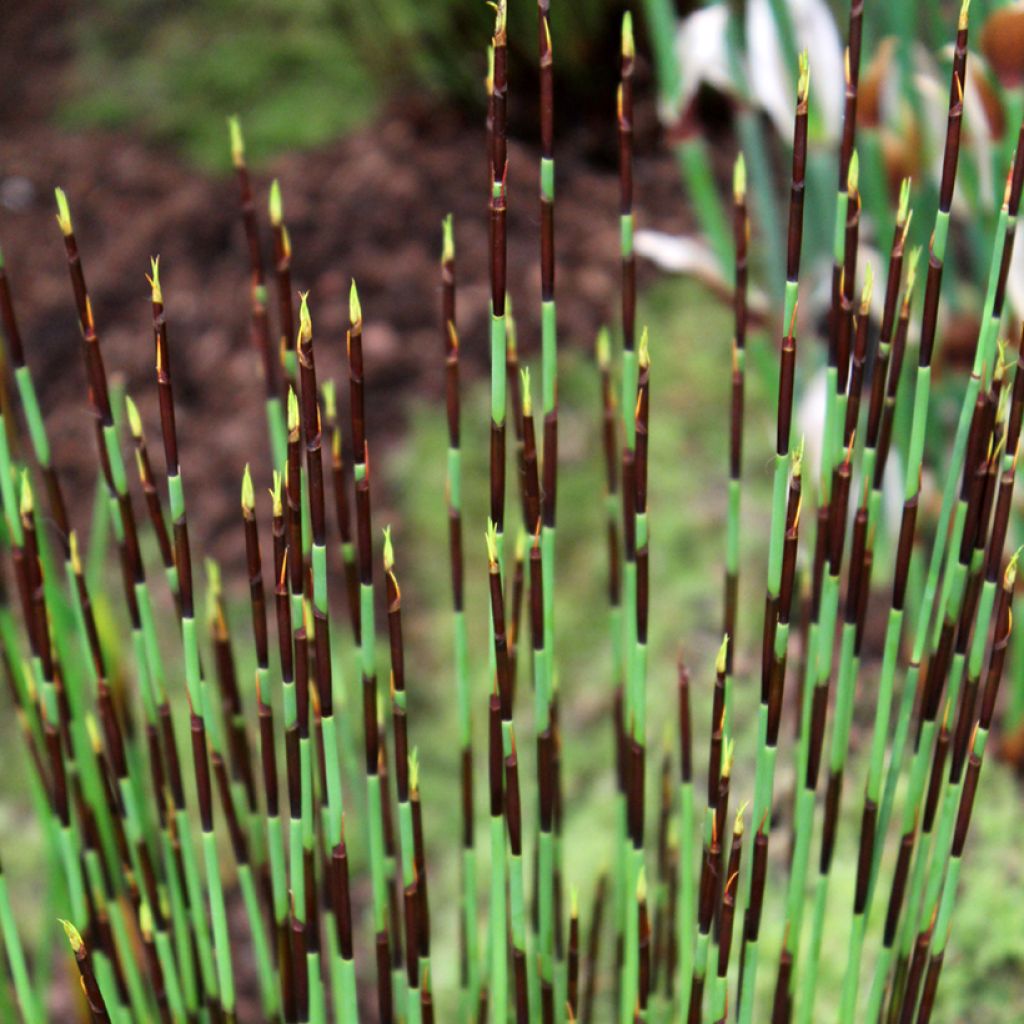

Elegia tectorum Fish Hoek
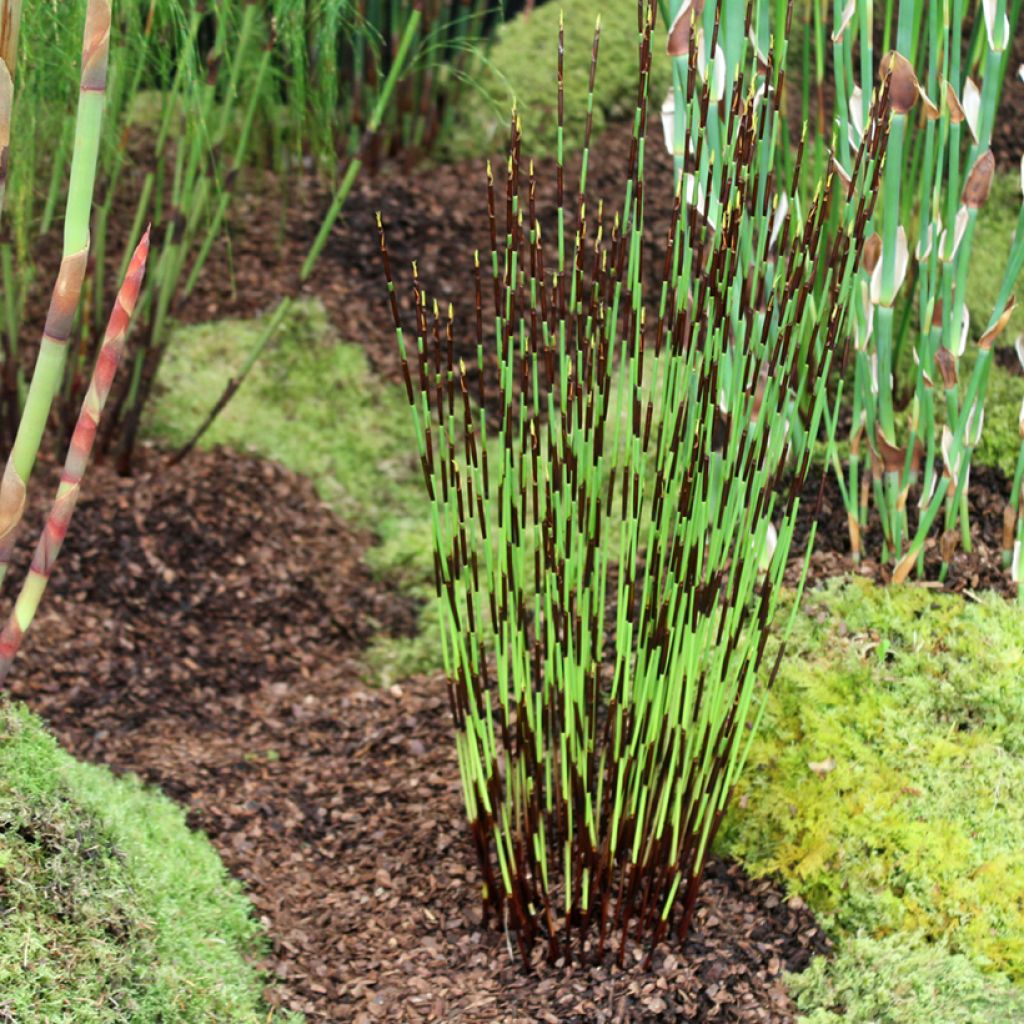

Elegia tectorum Fish Hoek
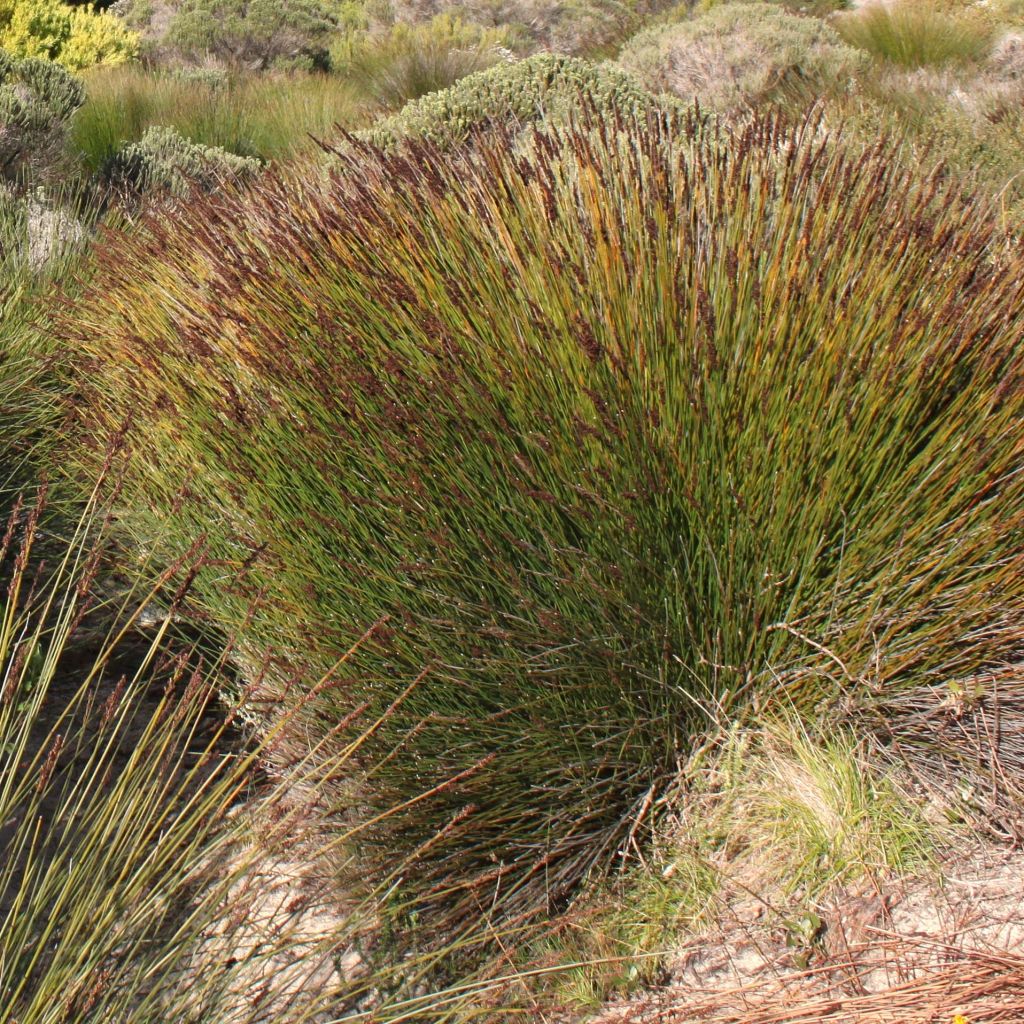

Elegia tectorum Fish Hoek
Elegia tectorum Fish Hoek
Elegia tectorum Fish Hoek
Restio
Very beautiful
Françoise L., 11/08/2018
Why not try an alternative variety in stock?
View all →This plant carries a 24 months recovery warranty
More information
We guarantee the quality of our plants for a full growing cycle, and will replace at our expense any plant that fails to recover under normal climatic and planting conditions.
From €5.90 for pickup delivery and €6.90 for home delivery
Express home delivery from €8.90.

Does this plant fit my garden?
Set up your Plantfit profile →
Description
Elegia tectorum Fish Hoek is a dwarf and very elegant form of Elegia tectorum, a robust South African perennial that resembles a horsetail or reed, both in appearance and its preference for moist soils. It forms a small, very dense, evergreen clump, composed of stiff, leafless stems, greenish-grey, streaked with brown. And its bronze-golden flower spikes that appear in summer remain decorative for a long time, until the heart of winter. Of modest stature, less expansive than its older sibling, this variety is easier to integrate into an exotic or contemporary setting, in the garden or on the terrace. To succeed in its cultivation, plant it in a cool, well-drained, sandy soil, in a mild climate.
Elegia tectorum, recently known as Chondropetalum tectorum, also known as Restio, is a botanical species endemic to the fynbos, a type of wind-swept South African heathland regularly ravaged by fires. In this region of the Cape, three major plant families are gathered: proteas, heathers, and restios, which include Elegia tectorum, the subject of this discussion. It is a rhizomatous perennial plant with a weakly trailing rootstock and rather slow growth, reaching a height of up to 1.50 m (4 ft 11 in) and a spread of 2 to 3 m (6 ft 7 in to 9 ft 10 in) in its natural habitat. The 'Fish Hoek' cultivar, generally similar to the species, has been selected for its particularly compact habit.
This herbaceous perennial forms a clump of thin, erect stems emerging from the rootstock in a very dense clump that slightly tapers upwards. It will not exceed 80 cm (31.5 in) in height and 50 cm (19.7 in) in diameter in our climates. It develops thin, unbranched cylindrical stems. Along its stems, at regular intervals, dark brown nodes form, contrasting with the slightly glaucous colour of the leafless stems, carrying only a foliar sheath that splits at the base. This plant is dioecious, meaning there are male and female plants. Flowering occurs in summer, earlier or later depending on the climate, in the form of long bronze-golden spikes, followed by the formation of brown capsules.
Elegia tectorum is above all a botanical curiosity, meant to be showcased in a beautiful pot or at the edge of a small landscaped pond on the terrace. Less hardy than horsetails and rushes, but perhaps more sculptural, this South African plant dislikes severe frosts. An established plant will, however, be able to withstand -10°C (14 °F), on occasion, allowing it to be grown in the ground in mild climates. It can be used on the banks of water features, where it appreciates moist soil, or to adorn the surroundings of a swimming pool, planted in a large container and kept moist. It can also be used in a very decorative way on the terrace, to be protected in cold climates. In the ground or in a pot, it always makes a successful combination with the astonishing Boronias, horsetails, dwarf bamboos (Sasa tessellata, Pleioblastus fortunei...), small miscanthus or even sedges. Its flowers are beautiful in dried bouquets.
Report an error about the product description
Elegia tectorum Fish Hoek in pictures
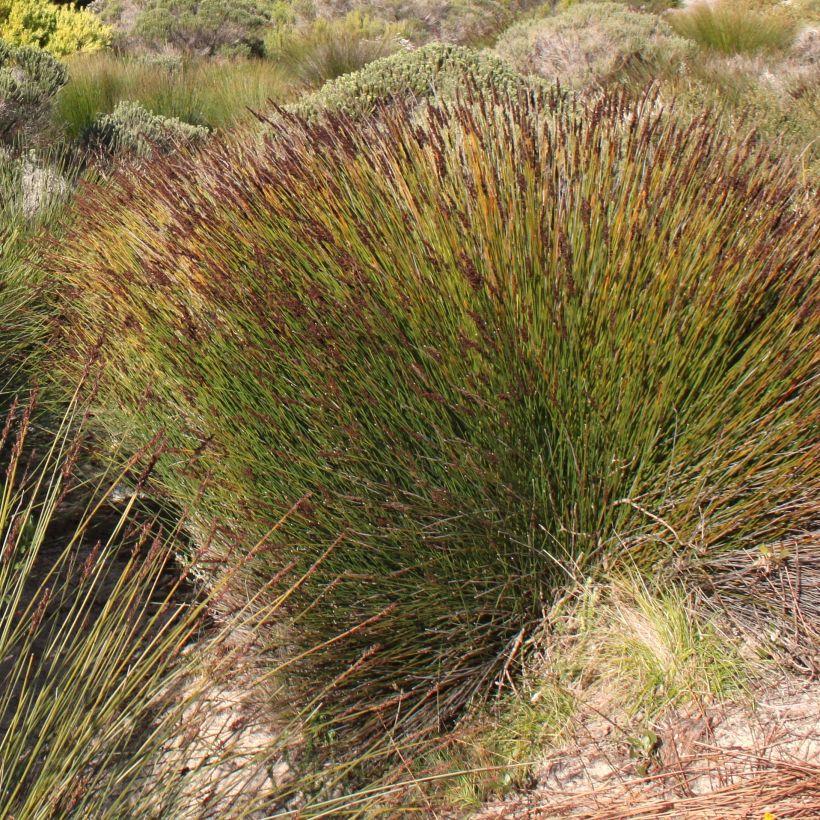

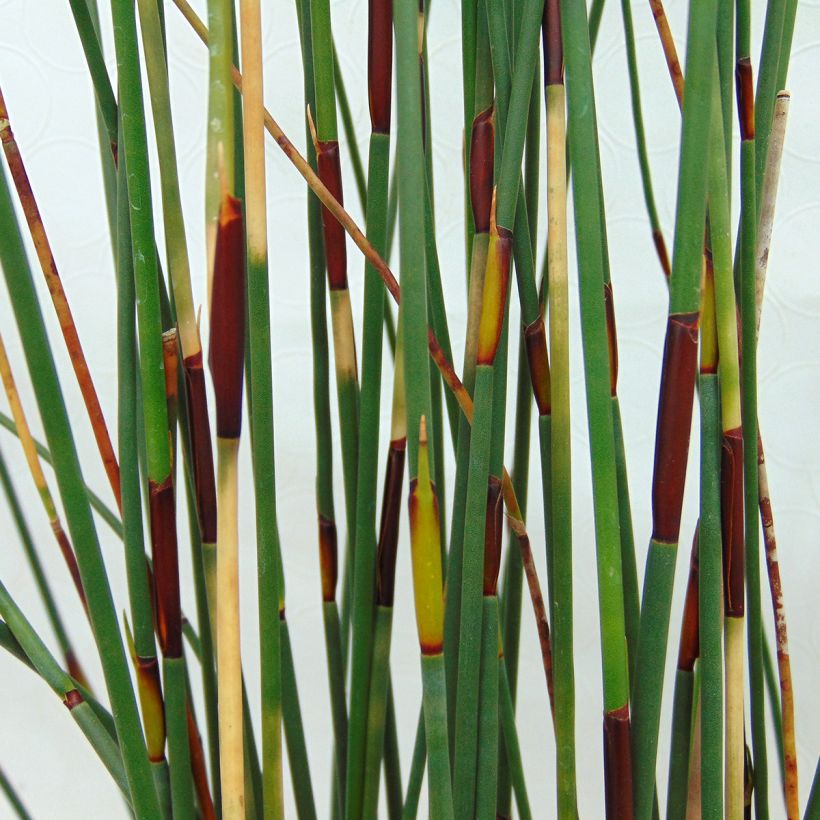

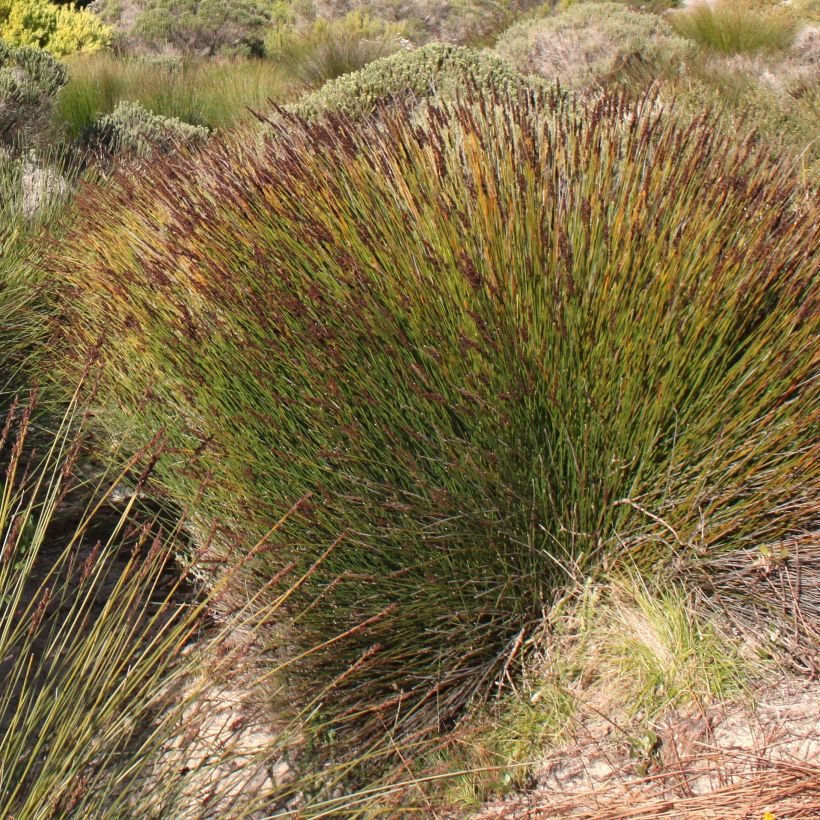

Plant habit
Flowering
Foliage
Botanical data
Elegia
tectorum
Fish Hoek
Restionaceae
Restio
South Africa
Other Restios
Planting and care
Elegia tectorum Fish Hoek should be planted in spring, after the last frosts, in a light, well-drained, sandy, poor soil that remains moist, although the plant is capable of withstanding periods of moderate drought. It is quite particular about the nature of the soil and does not like to be disturbed. It prefers poor soils and dislikes fertilizers rich in potash (symbol P in the NPK ratio). Choose a very sunny exposure or, at worst, light shade. It requires no special maintenance and has no enemies. In pots, make sure the plant is constantly in moist soil and apply green plant fertilizer from spring to autumn, diluted in water, every 15 days. This plant is hardy down to -10°C (14 °F) in well-drained soil.
Propagation is done by dividing the clumps in spring.
Planting period
Intended location
Care
-
, onOrder confirmed
Reply from on Promesse de fleurs
Evergreen shrubs
Haven't found what you were looking for?
Hardiness is the lowest winter temperature a plant can endure without suffering serious damage or even dying. However, hardiness is affected by location (a sheltered area, such as a patio), protection (winter cover) and soil type (hardiness is improved by well-drained soil).

Photo Sharing Terms & Conditions
In order to encourage gardeners to interact and share their experiences, Promesse de fleurs offers various media enabling content to be uploaded onto its Site - in particular via the ‘Photo sharing’ module.
The User agrees to refrain from:
- Posting any content that is illegal, prejudicial, insulting, racist, inciteful to hatred, revisionist, contrary to public decency, that infringes on privacy or on the privacy rights of third parties, in particular the publicity rights of persons and goods, intellectual property rights, or the right to privacy.
- Submitting content on behalf of a third party;
- Impersonate the identity of a third party and/or publish any personal information about a third party;
In general, the User undertakes to refrain from any unethical behaviour.
All Content (in particular text, comments, files, images, photos, videos, creative works, etc.), which may be subject to property or intellectual property rights, image or other private rights, shall remain the property of the User, subject to the limited rights granted by the terms of the licence granted by Promesse de fleurs as stated below. Users are at liberty to publish or not to publish such Content on the Site, notably via the ‘Photo Sharing’ facility, and accept that this Content shall be made public and freely accessible, notably on the Internet.
Users further acknowledge, undertake to have ,and guarantee that they hold all necessary rights and permissions to publish such material on the Site, in particular with regard to the legislation in force pertaining to any privacy, property, intellectual property, image, or contractual rights, or rights of any other nature. By publishing such Content on the Site, Users acknowledge accepting full liability as publishers of the Content within the meaning of the law, and grant Promesse de fleurs, free of charge, an inclusive, worldwide licence for the said Content for the entire duration of its publication, including all reproduction, representation, up/downloading, displaying, performing, transmission, and storage rights.
Users also grant permission for their name to be linked to the Content and accept that this link may not always be made available.
By engaging in posting material, Users consent to their Content becoming automatically accessible on the Internet, in particular on other sites and/or blogs and/or web pages of the Promesse de fleurs site, including in particular social pages and the Promesse de fleurs catalogue.
Users may secure the removal of entrusted content free of charge by issuing a simple request via our contact form.
The flowering period indicated on our website applies to countries and regions located in USDA zone 8 (France, the United Kingdom, Ireland, the Netherlands, etc.)
It will vary according to where you live:
- In zones 9 to 10 (Italy, Spain, Greece, etc.), flowering will occur about 2 to 4 weeks earlier.
- In zones 6 to 7 (Germany, Poland, Slovenia, and lower mountainous regions), flowering will be delayed by 2 to 3 weeks.
- In zone 5 (Central Europe, Scandinavia), blooming will be delayed by 3 to 5 weeks.
In temperate climates, pruning of spring-flowering shrubs (forsythia, spireas, etc.) should be done just after flowering.
Pruning of summer-flowering shrubs (Indian Lilac, Perovskia, etc.) can be done in winter or spring.
In cold regions as well as with frost-sensitive plants, avoid pruning too early when severe frosts may still occur.
The planting period indicated on our website applies to countries and regions located in USDA zone 8 (France, United Kingdom, Ireland, Netherlands).
It will vary according to where you live:
- In Mediterranean zones (Marseille, Madrid, Milan, etc.), autumn and winter are the best planting periods.
- In continental zones (Strasbourg, Munich, Vienna, etc.), delay planting by 2 to 3 weeks in spring and bring it forward by 2 to 4 weeks in autumn.
- In mountainous regions (the Alps, Pyrenees, Carpathians, etc.), it is best to plant in late spring (May-June) or late summer (August-September).
The harvesting period indicated on our website applies to countries and regions in USDA zone 8 (France, England, Ireland, the Netherlands).
In colder areas (Scandinavia, Poland, Austria...) fruit and vegetable harvests are likely to be delayed by 3-4 weeks.
In warmer areas (Italy, Spain, Greece, etc.), harvesting will probably take place earlier, depending on weather conditions.
The sowing periods indicated on our website apply to countries and regions within USDA Zone 8 (France, UK, Ireland, Netherlands).
In colder areas (Scandinavia, Poland, Austria...), delay any outdoor sowing by 3-4 weeks, or sow under glass.
In warmer climes (Italy, Spain, Greece, etc.), bring outdoor sowing forward by a few weeks.

































